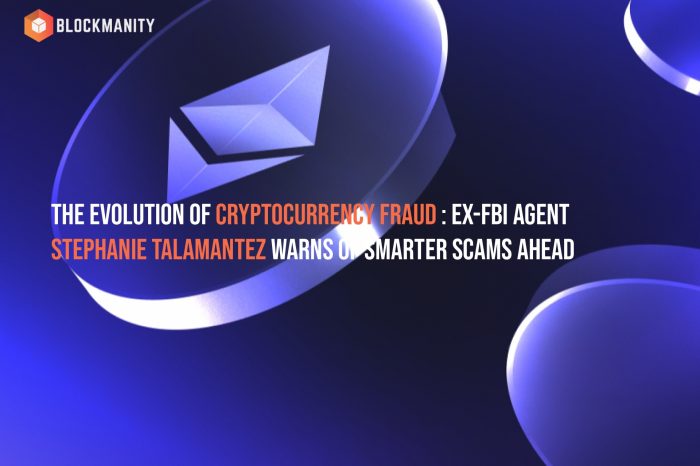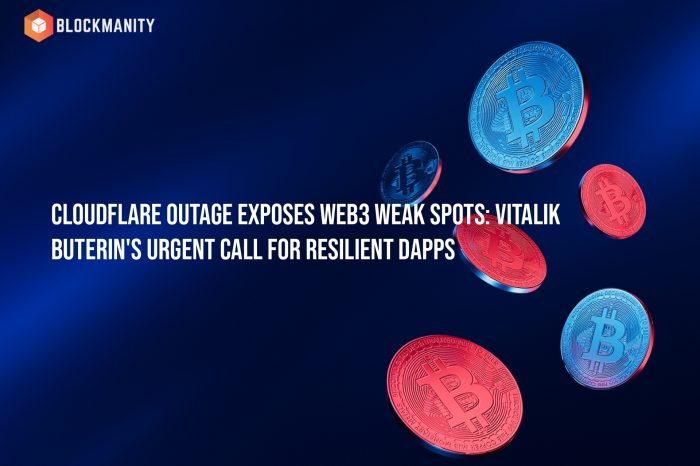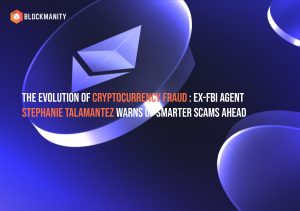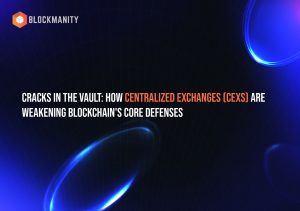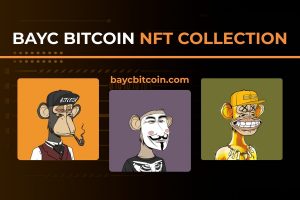An Analysis of Injective Protocol: A DEX for the Future of Decentralized Derivatives
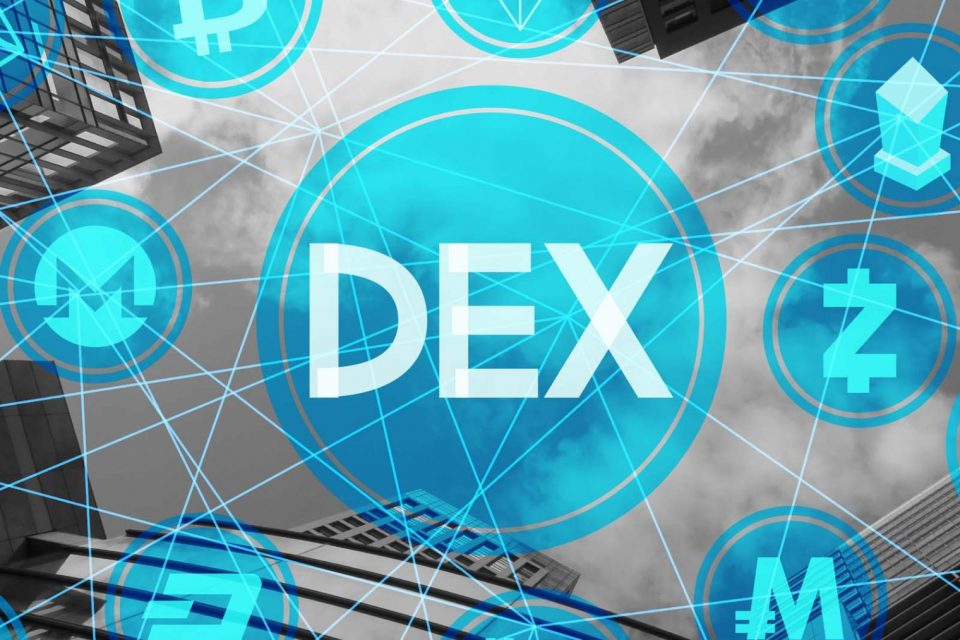
Multiple prominent cryptocurrency exchanges have been hacked over the years with the most recent major case occurring with KuCoin. Despite extensive security measures, it appears as though hackers are always finding workarounds to access privately held user funds. Despite having extensive KYC requirements exchanges continue to fall victim to privacy hacks and compliances issues as well.
Such events occur because the current cryptocurrency exchange infrastructure model is inherently flawed. Thankfully, they can be countered with the implementation of new and resilient models that are designed with today’s market particularities in mind.
This article will provide readers with a brief analysis of the recent events impacting KuCoin and BitMEX. Furthermore, it’ll showcase how advanced projects such as Injective Protocol can mitigate these situations moving forward.
An overview of the KuCoin hack
According to KuCoin’s recent official statement, the cryptocurrency exchange suffered a significant cybersecurity incident, leading to the theft of approximately $150 million worth of ERC20 tokens. Hackers reportedly managed to access hot wallet private keys and proceeded to quickly transfer the funds to their wallets. KuCoin is lucky to have an insurance policy, which will be used to reimburse some of the affected users.
However, fund reimbursement is not always possible. High profile hacks can end up affecting tens of thousands of cryptocurrency users, diminishing trust in both digital assets and exchanges. Moreover, asset tracing is difficult since hackers employ OPSEC procedures such as coin mixing and laundering through multiple channels.
Understanding the BitMEX legal incident
A few weeks ago, the United States Commodity Futures Trading Commission (CFTC) initiated legal action against the owners of BitMEX, a popular cryptocurrency derivatives exchange. The legal charges state that BitMEX knowingly allowed money laundering to take place on its platform. Furthermore, the platform is suspected of facilitating a series of other illegal transactions, such as helping individuals circumvent economic sanctions imposed against their countries. Money laundering was made possible as the exchange reportedly failed to comply with KYC/AML regulations. Thus, users were able to move funds without giving up their identities.
This is not the first time that a cryptocurrency exchange faces legal action. Such events regularly happen, especially in the case of lesser-known platforms. BitMEX has since stated that the allegations are unwarranted but continues to face mounting legal challenges.
Exploring Injective Protocol’s Solutions
Injective’s mission is to create a fully decentralized and free financial network, usable by worldwide users. To achieve this goal, Injective has created the world’s first layer-2 decentralized protocol, facilitating borderless DeFi and derivatives trading. Injective’s core features include a chain that’s bound to power next-gen DeFi applications, the futures P2P protocol that supports perpetual swaps and CFDs, alongside an open-source exchange that eliminates entry barriers.
We’ll start off with a brief overview of Injective’s infrastructure design pillars and continue with our analysis on mitigating common exchange issues, as per the examples highlighted above. Here are the main components of Injective:
- True decentralization, speed, and cross-chain support
As a decentralized sidechain relayer network based on the Tendermint consensus protocol, the platform’s nodes are distributed globally. Thanks to the Integration of the two-way Ethereum peg-zone, Injective’s layer-2 design allows the protocol to run a lightning-fast decentralized orderbook and trade execution coordinator. In other words, ERC-20 tokens are transferable between chains.
- Innovative orderbook model
While most decentralized exchanges rely on centralized off-chain order relays, Injective has opted for a 0x-based orderbook that allows on-chain settlement, further increasing decentralization.
- Access to infinite markets and zero gas fee transactions
The Injective ecosystem supports any and all markets, meaning that market creation is fully permissionless. Users can easily create and trade on their own markets. The layer-2 structure helps circumvent network latencies while ensuring free transactions.
Injective aims to solve common exchange issues such as hacks and legal action, by building a fully decentralized solution from the ground up. As such, Injective is unable to restrict demographics based on regulations, nor can it exercise control over its infrastructure since it is entirely governed by the global community.
When it comes down to countering hack attempts and the subsequent fund loss, Injective places fund security in its users’ hands. The exchange neither controls private keys nor custody of user funds, which prevents the main vulnerabilities faced by other exchanges. Users act as their own custodians by securing their private keys. Indeed, extra responsibilities are placed in users’ hands, but this workaround protects the masses and ensures a high level of trust in the cryptocurrency market as a whole.
Last but not least, Injective leverages verifiable delay functions (VDFs) as an appropriate solution to resolve same-block order conflicts and front-running attacks.
Bottom line
Based on these aspects, Injective is a fully decentralized exchange protocol that facilitates crypto derivative and DeFi trading solutions, resistant to censorship and cyberattacks. In summary, by using Injective users can access limitless trading on a layer-2 platform that’s trustless, resolvable, liquidity neutral, and publicly verifiable. This bodes well for the future of exchanges and the digital asset market as a whole as Injective ushers in a new era in decentralized derivatives trading.
Discuss this news on our Telegram Community. Subscribe to us on Google news and do follow us on Twitter @Blockmanity
Did you like the news you just read? Please leave a feedback to help us serve you better
Disclaimer: Blockmanity is a news portal and does not provide any financial advice. Blockmanity's role is to inform the cryptocurrency and blockchain community about what's going on in this space. Please do your own due diligence before making any investment. Blockmanity won't be responsible for any loss of funds.

